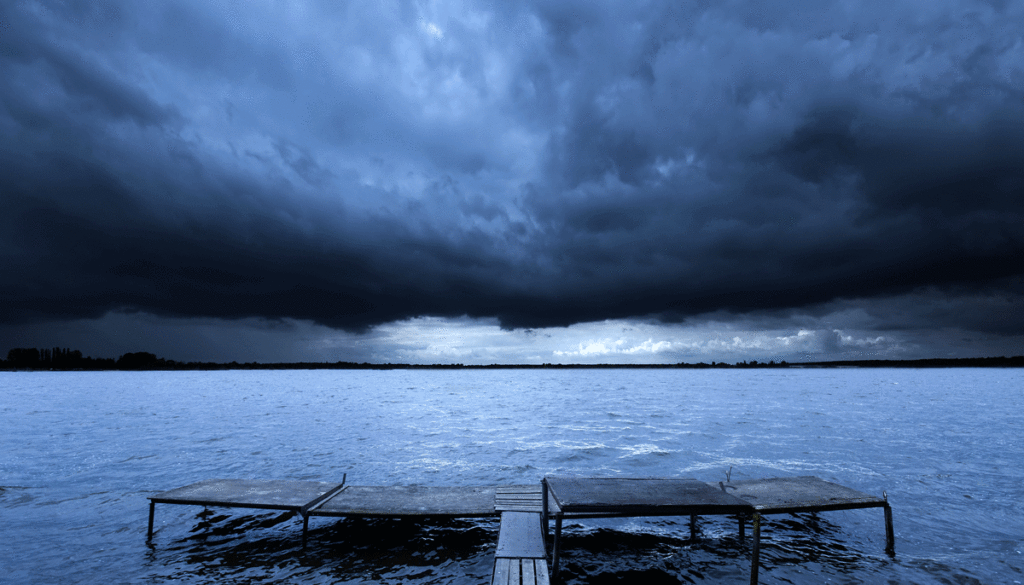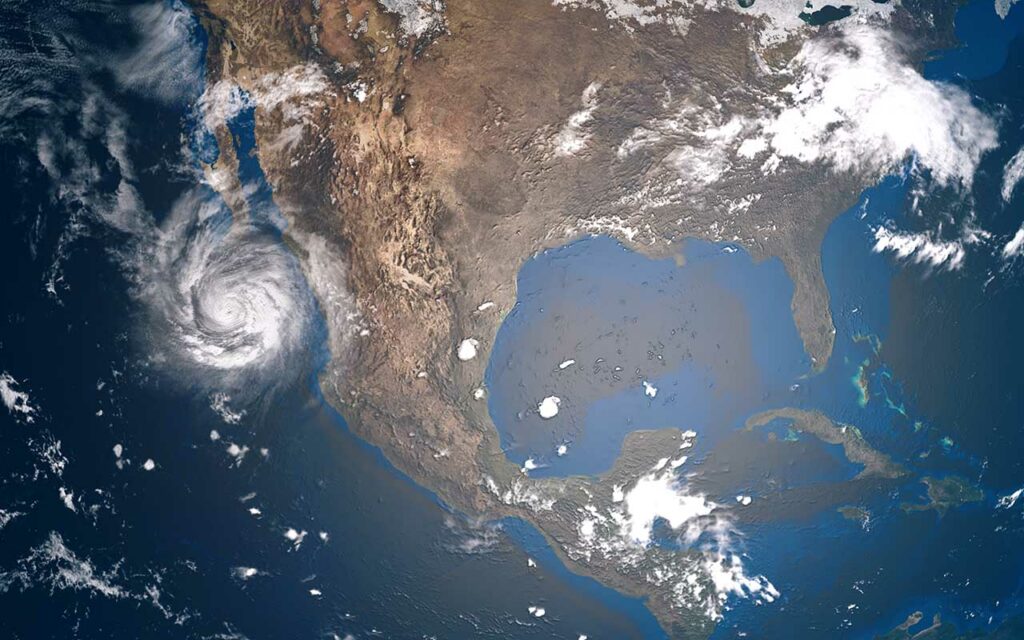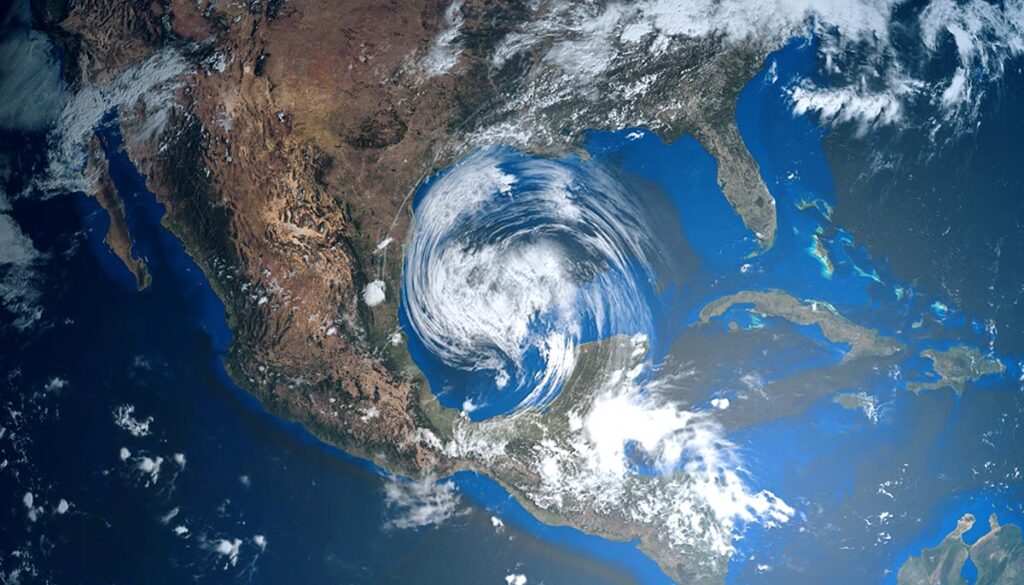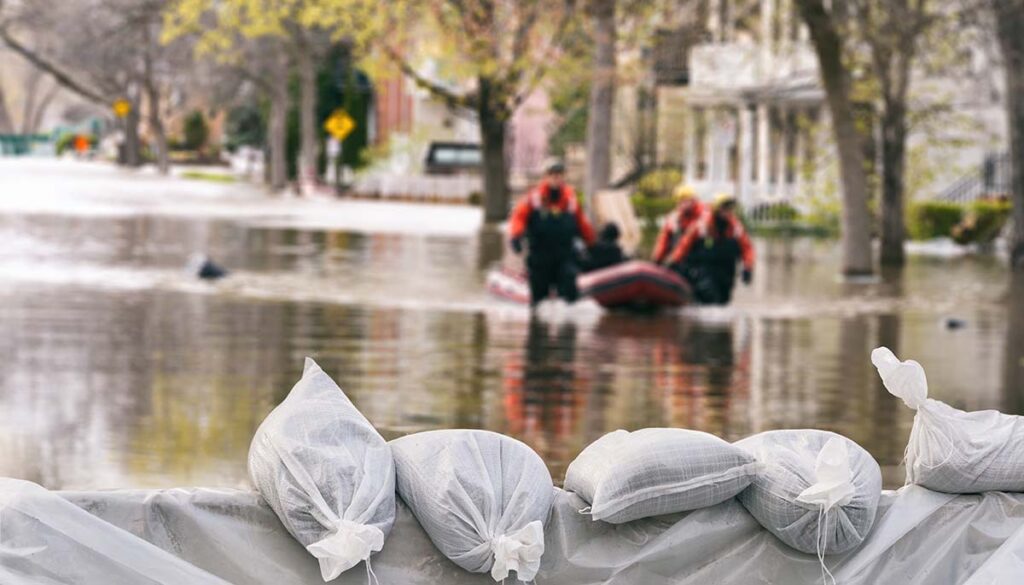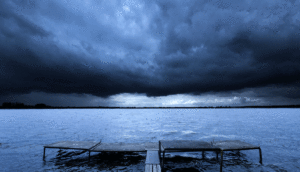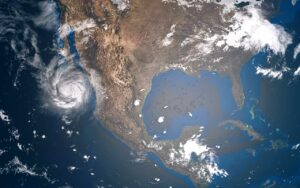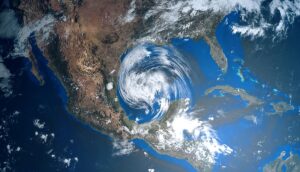What caused the French Revolution? Discontent with the monarchy, economic inequality, and looming fears of widespread famine all led to revolutionaries storming the Bastille on July 14, 1789. However, some casual readers of history might not realize that a weather disaster preceded the start of the Revolution.
In fact, it’s possible that the Revolution would have occurred later, or even been averted entirely, had it not been for the timing of a hailstorm one year and one day before the Storming of the Bastille. On July 13, 1788, the fields north of Paris were hit by a devastating hailstorm that dropped an absurd amount of ice and killed crops that were already insufficient to feed the booming population.
How did this lead to the Revolution a year later? It turns out that empty bellies are the surest catalyst for unrest in human history.
Population Boom
In the late 18th Century, France was experiencing a huge boom in population. In 1700, there were around 20 million people in the country. By the 1780s, that population had exploded to 28 million. In spite of this, agricultural production hadn’t been able to keep up with demand.
In fact, historians have pointed out that even as late as the 1780s, the agricultural output in France was largely unchanged from the way it had been in the Middle Ages. A series of poor harvests punctuated this flagging agricultural production throughout the 1770s, sowing the seeds of revolution as people struggled to put food on the table.
Weather Crushes Crops in 1788
In 1788, a particularly dry year caused the harvest to be smaller than expected. The drought was suddenly broken on July 13 by a hailstorm that battered crops and killed what grains and vegetables were still managing to break through the soil.
This would have been bad enough to unsettle the population alone. The meager crops the French people expected to feed their families throughout the winter were gone. To make matters worse, an unusually brutal winter gripped the country in 1788. This terrible weather and lack of food brought talk of revolution to a fever pitch.
In the spring of 1789, as the French government was finally considering importing food from abroad, the people had made up their minds. A series of floods that spring was the final push the Revolution needed.
Storming the Bastille
Revolutionaries who had been hungry for months stormed the Bastille on July 14, 1789. At the time, it’s unlikely any of them gave any thought to the hailstorm that had struck their country almost precisely one year prior.
The aftermath of the storming of the Bastille saw the Revolution’s popularity boom among the common people. Eventually, the French monarchy itself fell, albeit temporarily, with Louis XVI’s imprisonment and eventual execution.
The role of the poor weather in spurring the Revolution has been pointed out by historians as being just as important as the economic conditions that left the country unable to feed its people throughout the 1780s. Had it not been for the numerous weather disasters of 1788 and 1789, it’s the country may have averted revolution altogether.

